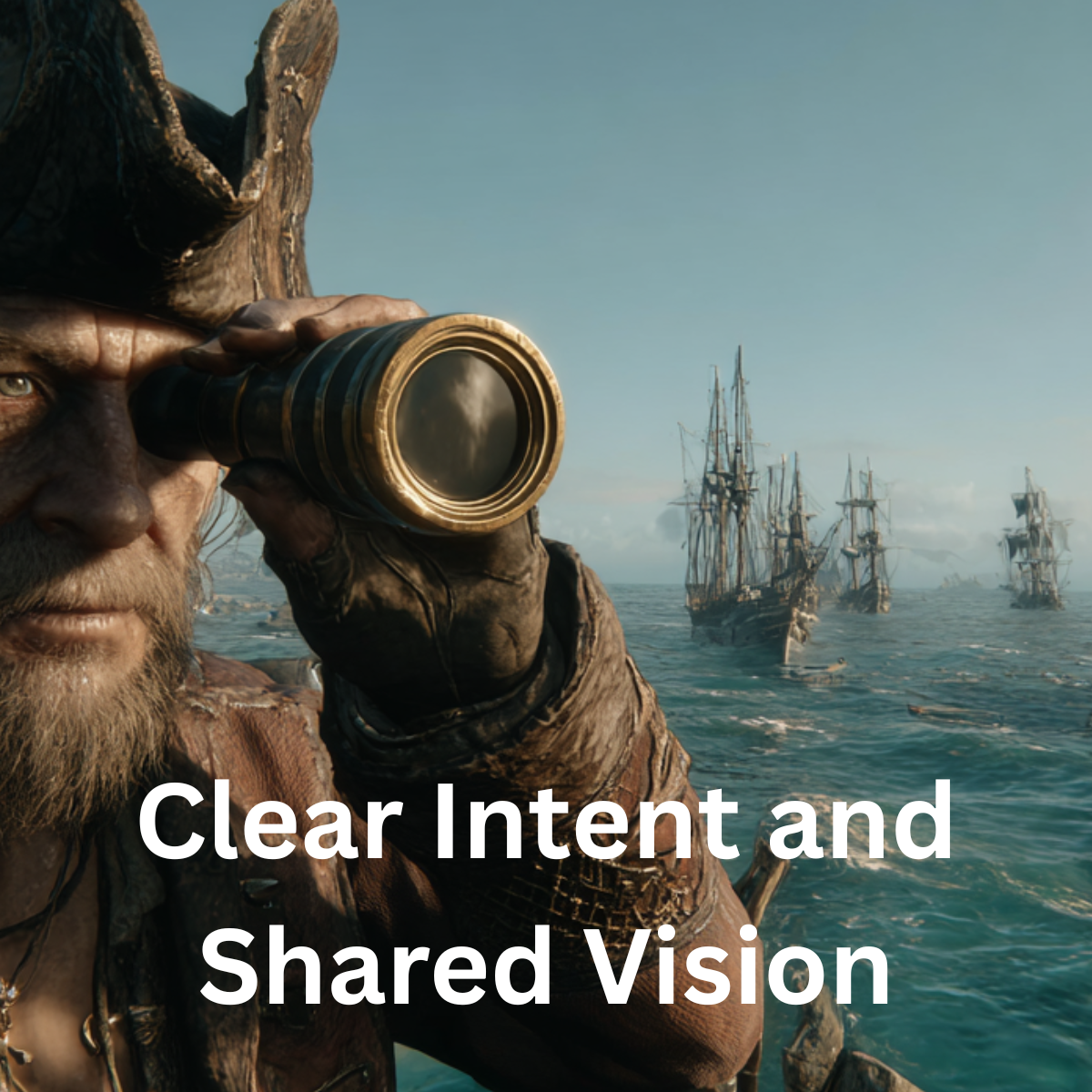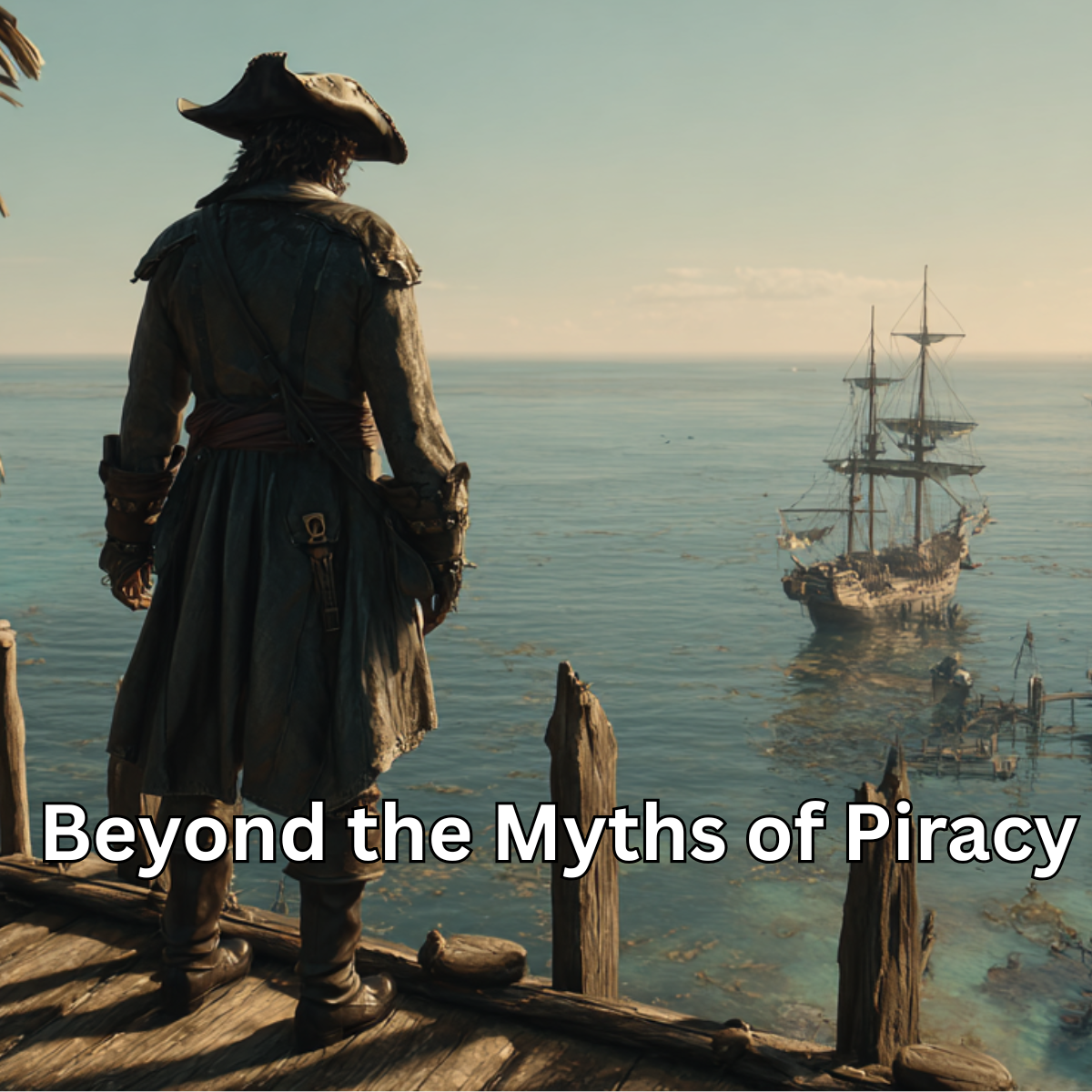“Humans were foolish to build their own competitors—but they couldn’t help themselves.” – Erasmus (the thinking machine, not the philosopher)
The Unintended Consequences of AI in Human Interaction
Yesterday, an intriguing thought about our near future struck me. As people become increasingly adept at using AI tools and creating digital “bots” that represent themselves on social media networks, we might inadvertently engage in a playful arms race. Imagine our AI personas communicating and even negotiating on our behalf without our direct involvement. An entire negotiation could unfold, with agreements established, while we remain blissfully unaware. Essentially, I could delegate my consumer decisions to a bot programmed to assess value according to my preferences, effectively outsourcing my consumerism.
This led me to ponder the potential impact on interpersonal communication. During my early college days, I studied interpersonal communications as part of my degree. I believed then, and still do, that this skill is essential for human survival, as our very existence depends on our ability to communicate and forge relationships with others. With technologies rapidly emerging that can replicate or even eliminate direct human interaction, I found myself wondering: Will this make things better or worse?
Revisiting some old research brought me back to Charles Cooley.
Charles Cooley, in 1902, introduced the concept of the “looking-glass self,” a foundational idea for understanding how our social selves or identities are shaped by our perceptions of others’ views. Cooley proposed that our self-concept develops in response to how we think others perceive and evaluate us, influenced heavily by our social context.
He likened this dynamic to looking in a mirror, suggesting that just as we are concerned with our physical reflection, we are similarly affected by how we imagine others perceive our appearance, behavior, and character. Cooley emphasized the inherently social nature of the human mind, asserting that our mental processes result directly from social interactions.
According to Cooley, self-identity formation through interactions with others involves three steps:
- Imagining how we appear to other people.
- Imagining how others judge that appearance.
- Imagining how others feel about us based on their judgments.
His observations, particularly of children, underscored the importance of the looking-glass self in social development, aiding in vying for attention and care within one’s primary group. He noted that the self evolves through interactions with an increasingly diverse group of people, suggesting that true humanity is achieved through social experiences.
While it may seem that individuals are passively molded by others’ impressions, Cooley argued for an active role in influencing how others see us. This involves interpreting others’ judgments, which can often be inaccurate. For instance, someone might consider themselves a skilled dancer despite contrary perceptions, yet act as if they are proficient.
The process of forming self-images is mediated by the individual’s mind, relying on imagination to anticipate or interpret others’ reactions. Cooley also highlighted that people selectively apply the looking-glass self, prioritizing certain situations over others.
Moreover, individuals use this concept to manipulate and assess others’ responses to them, influencing the impressions they project. This is evident in scenarios where people might boast about specific behaviors in one context but conceal them in another.
Cooley examined emotions like pride and shame, viewing them as fundamental social emotions arising from self-monitoring. These emotions reflect our ongoing evaluation of how we believe others view us.
Overall, Cooley’s theory underscores the interactive and reflective nature of self-identity formation and the significant role of social perceptions in shaping our self-concept.
This early research, over a century old, may now be more valuable than ever. Consider the fact that our imagination of our interactions with others is not only amplified by social media but also exponentially impacted by Artificial Intelligence. Understanding our drive to manage our perceived appearance to others seems more relevant than ever. Do we seek to amplify how we think others perceive us, or do we strive to amplify who we truly are?
I am reminded of another communication researcher, Sidney Jourard, and his Self-Disclosure Theory. This concept suggests that self-disclosure, or transparency, fosters openness, healthy relationships, and enthusiasm among people in close relationships. It makes me wonder: could the same principles apply to our social media presence?




